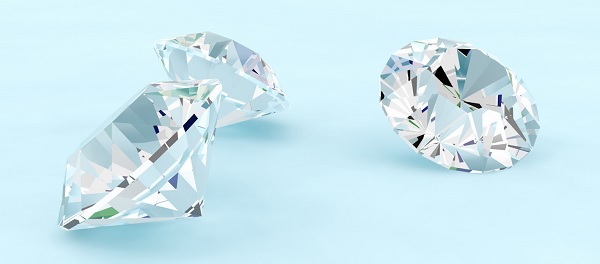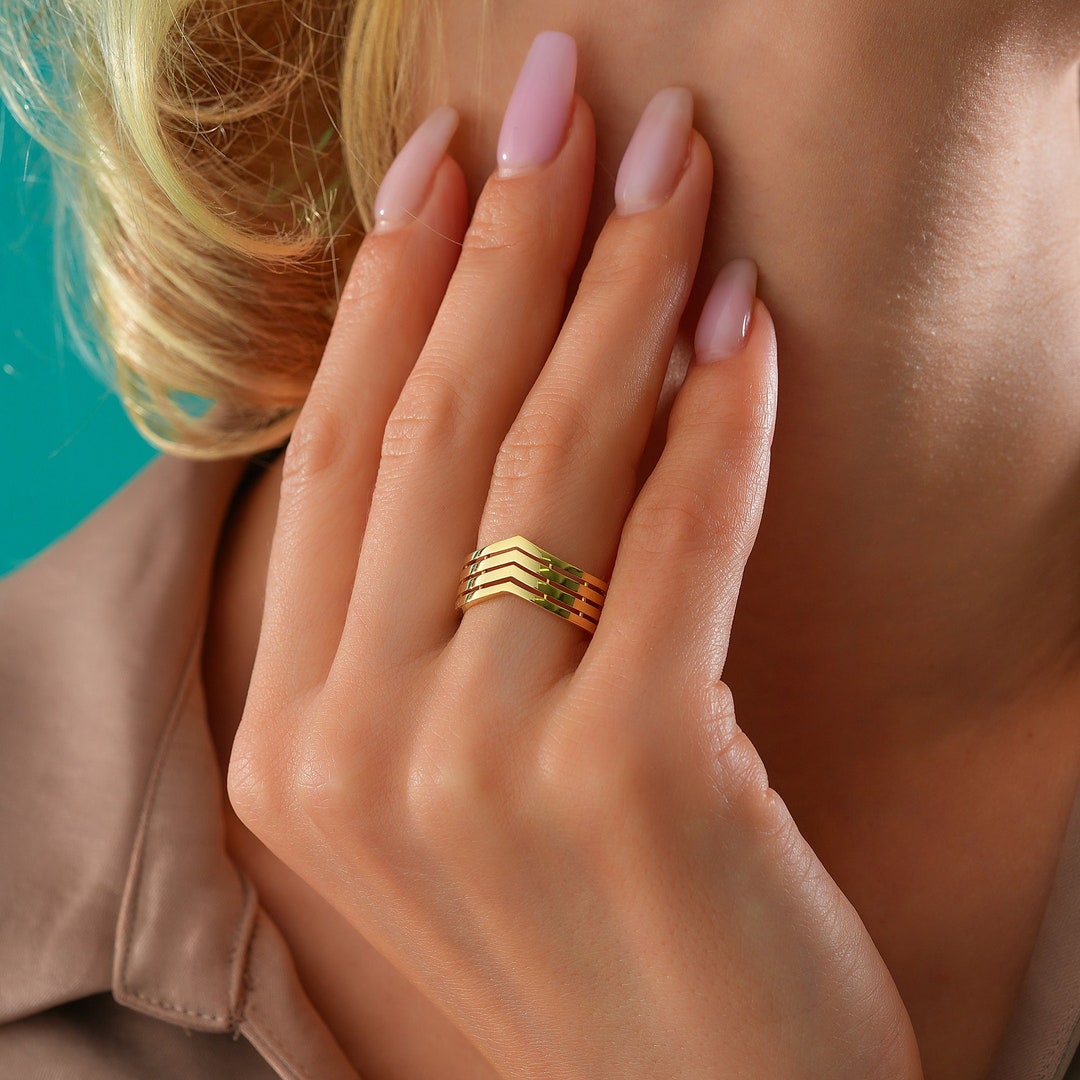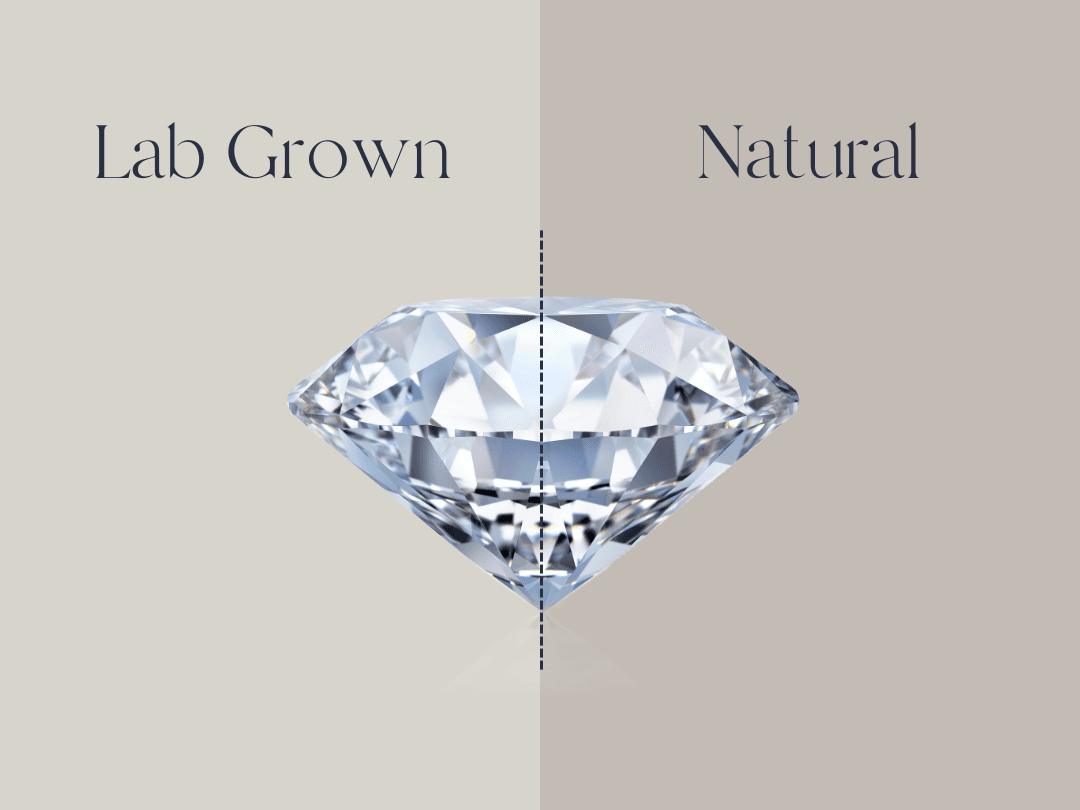The 4Cs of Diamonds: Understanding Their Importance

Table of Contents
Introduction to the 4Cs
When it comes to buying diamonds, understanding the 4Cs is essential. These four characteristics—Carat, Cut, Color, and Clarity—play a crucial role in determining a diamond’s quality and value. If you’re diving into the world of diamonds, knowing the 4Cs can empower you to make informed decisions that suit your taste and budget.
What Are the 4Cs?
The 4Cs were developed by the Gemological Institute of America (GIA) to help buyers evaluate 4cs diamonds importance objectively. Each “C” represents a different aspect of the diamond’s quality:
- Carat Weight: Refers to the weight of the diamond.
- Cut Quality: Describes how well the diamond has been shaped and faceted.
- Color Grading: Assesses the color of the diamond.
- Clarity Grade: Evaluates the presence of internal or external flaws.
Understanding these components will give you a better grasp of what you’re investing in.
Carat Weight
Defining Carat Weight
Carat weight measures how much a diamond weighs. One carat equals 200 milligrams, and diamonds can range from tiny 0.1-carat stones to massive 5-carat gems and beyond. It’s important to remember that carat weight alone doesn’t determine a diamond’s value—other factors come into play.
Impact on Price
Generally, as the carat weight increases, so does the price. This is because larger diamonds are rarer. However, this doesn’t mean you should automatically go for the biggest diamond.
Finding the Right Balance
Many buyers find that diamonds just below popular carat weights (like 1.0, 1.5, or 2.0 carats) can offer better value. For instance, a 0.90-carat diamond may look just as impressive as a 1.0-carat diamond but can be significantly less expensive.
Cut Quality
Understanding Cut
The cut of a diamond refers to how well it has been shaped and faceted. This is crucial because it influences the diamond’s brilliance and sparkle. A well-cut diamond reflects light beautifully, while a poorly cut diamond may appear dull.
How Cut Affects Brilliance
Cut quality is graded on a scale from Excellent to Poor. An “Excellent” cut will maximize the light reflection, giving the diamond a captivating sparkle.
The Importance of Proportions
Proportions, symmetry, and polish all contribute to the overall cut grade. A diamond that is too deep or shallow will not reflect light effectively, diminishing its beauty. Always pay attention to these details!
Color Grading
The Color Scale
Diamonds are graded on a color scale that ranges from D (colorless) to Z (light yellow or brown). The best diamonds are near colorless, as they allow more light to pass through, enhancing their sparkle.
How Color Impacts Value
As with carat weight, the color grade can significantly impact the price. Colorless diamonds (D-F) are generally more expensive than those with noticeable color (G-Z).
Choosing the Right Color
For many buyers, diamonds graded G-H offer a great balance of value and appearance. They appear colorless when set in jewelry, making them a popular choice.
Clarity Grade
What is Clarity?
Clarity refers to the presence of inclusions (internal flaws) and blemishes (external flaws) in a diamond. These imperfections can affect the diamond’s beauty and value.
How Clarity Affects Beauty and Value
Clarity is graded from Flawless (no inclusions visible under 10x magnification) to Included (inclusions visible to the naked eye). Generally, the clearer the diamond, the more valuable it is.
Evaluating Clarity
When choosing a diamond, remember that most inclusions are microscopic and won’t be visible without magnification. A diamond with minor inclusions may still look stunning in jewelry.
The 4Cs in Practice
How to Choose the Right Diamond
When selecting a diamond, consider how the 4Cs align with your preferences and budget. For example, if you prioritize sparkle, focus on cut quality. If size is your main goal, pay more attention to carat weight.
The Role of Certification
Always look for diamonds that come with a certification from a reputable gemological laboratory, like the GIA or AGS. This certification provides detailed information about the diamond’s 4Cs, giving you peace of mind in your purchase.
Common Misconceptions about the 4Cs
Myths vs. Facts
There are several myths surrounding the 4Cs. One common misconception is that higher carat weight always equates to a better diamond. In reality, cut and clarity can significantly affect overall quality.
Another myth is that all lab diamonds look the same. The truth is that slight variations in color and clarity can greatly influence a diamond’s appearance and value.
Conclusion: Why the 4Cs Matter
Understanding the 4Cs—Carat, Cut, Color, and Clarity—is essential for anyone looking to buy a diamond. These factors not only help you evaluate a diamond’s quality but also guide you in making a purchase that reflects your personal style and values. By focusing on the 4Cs, you can confidently select a diamond that you’ll cherish for a lifetime. Whether you’re purchasing an engagement ring, an anniversary gift, or just treating yourself, knowing the importance of the 4Cs will lead you to the perfect choice. Happy diamond hunting!

 Women’s Ring Size: A Complete Guide
Women’s Ring Size: A Complete Guide  Understanding Why Diamond Size Matters in Lab-Created Diamonds
Understanding Why Diamond Size Matters in Lab-Created Diamonds  Mined Diamonds Karma: Understanding the Ethical and Environmental Impacts
Mined Diamonds Karma: Understanding the Ethical and Environmental Impacts  Buy Novita Lab Diamonds: A Comprehensive Guide
Buy Novita Lab Diamonds: A Comprehensive Guide  GIA vs IGI: Which Diamond Certification is Right for You?
GIA vs IGI: Which Diamond Certification is Right for You?  Vehicle Accident Lawyers: Expert Legal Support for Your Claims
Vehicle Accident Lawyers: Expert Legal Support for Your Claims  Perth Lawyers: Your Guide to Legal Services in Western Australia
Perth Lawyers: Your Guide to Legal Services in Western Australia